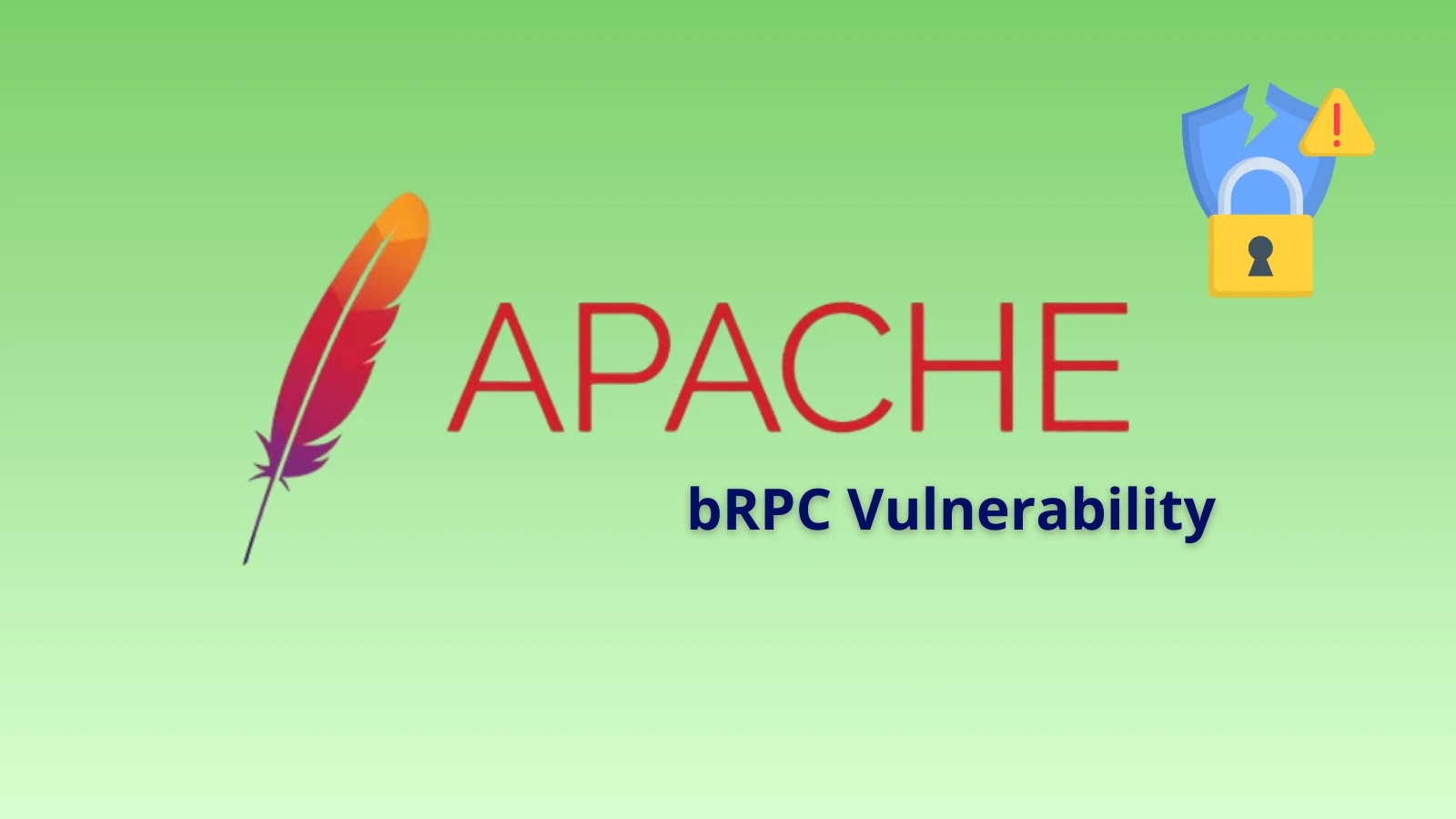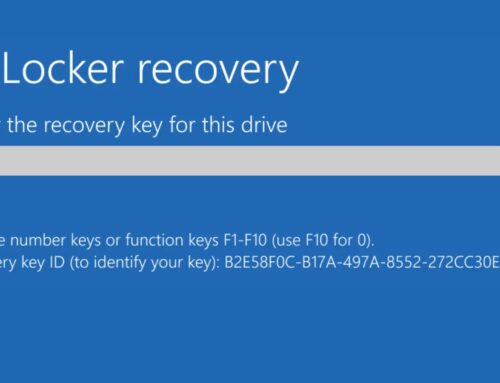
Apache bRPC Vulnerability Allows Attackers to Crash the Service via Network
Apache bRPC Vulnerability Allows Attackers to Crash the Service via Network
A critical vulnerability has emerged in Apache bRPC, a widely used RPC framework, posing a significant threat to services relying on it. This flaw allows malicious actors to remotely crash affected services, leading to potential denial of service (DoS) attacks and service disruptions. As a cybersecurity analyst, understanding the underlying cause and implementing timely remediation are paramount to safeguarding your infrastructure.
The Core Vulnerability: CVE-2025-54472 Explained
Identified as CVE-2025-54472, this “important” severity vulnerability in Apache bRPC stems from an uncontrolled memory allocation defect within its Redis protocol parser component. Specifically, multiple versions of Apache bRPC prior to 1.14.1 are susceptible. The Redis parser, when processing specially crafted network input, fails to impose limits on memory consumption, leading to an unbounded increase in memory usage. This excessive memory allocation eventually exhausts system resources, causing the service to crash.
The impact of this vulnerability is severe: a successful exploit results in service unavailability. This can directly translate to operational downtime, financial losses, and damage to reputation for organizations that depend on Apache bRPC for their critical services. The remote exploitable nature of this flaw makes it particularly dangerous, as an attacker does not require direct access to the server to initiate the attack.
Impacted Versions and Key Takeaways
Any service utilizing Apache bRPC versions prior to 1.14.1 is at risk. It is crucial for organizations to identify all instances of Apache bRPC within their environments to assess their exposure to this vulnerability.
- Apache bRPC versions prior to 1.14.1 are vulnerable.
- The vulnerability, CVE-2025-54472, is classified as “important” severity.
- The root cause is unlimited memory allocation in the Redis protocol parser.
- Attackers can exploit this via the network to crash services.
- The primary impact is denial of service (DoS).
Remediation Actions
Immediate action is required to mitigate the risk posed by CVE-2025-54472. The most effective and recommended course of action is to upgrade your Apache bRPC installation.
1. Upgrade to Apache bRPC 1.14.1 or Later
The Apache bRPC development team has released version 1.14.1, which addresses this memory allocation issue. Upgrading to this version or a more recent release is the primary and most robust solution. Ensure that your upgrade process follows best practices, including testing in a staging environment before deploying to production.
2. Network-Level Protections (Temporary/Layered Defense)
While upgrading is the definitive fix, organizations can implement temporary or layered network-level protections:
- Input Validation: Implement robust input validation at the edge of your network or within your application to filter out malformed or suspicious Redis protocol payloads before they reach the bRPC service. This serves as a strong first line of defense.
- Rate Limiting: Deploy rate limiting to prevent an attacker from sending a high volume of potentially malicious requests that could trigger the vulnerability.
- Firewall Rules: Restrict network access to bRPC services only from trusted sources or specific IP ranges. This can limit the attack surface, although it may not protect against attacks originating from within a trusted network segment.
- Intrusion Detection/Prevention Systems (IDPS): Configure IDPS to monitor for anomalies in network traffic patterns associated with DoS attempts or excessive memory consumption related to bRPC processes.
Tools for Detection and Mitigation
Leveraging appropriate tools can aid in identifying vulnerable instances and implementing protective measures.
| Tool Name | Purpose | Link |
|---|---|---|
| Nessus | Vulnerability Scanning & Detection | https://www.tenable.com/products/nessus |
| OpenVAS | Open-Source Vulnerability Scanner | http://www.openvas.org/ |
| Wireshark | Network Protocol Analysis for Anomaly Detection | https://www.wireshark.org/ |
| Suricata / Snort | Network Intrusion Detection/Prevention | https://suricata.io/ / https://www.snort.org/ |
| Docker Scout (for containerized deployments) | Vulnerability Scanning for Container Images | https://docs.docker.com/scout/ |
Conclusion
The Apache bRPC vulnerability (CVE-2025-54472) represents a significant threat to service availability due to its potential for remote exploitation and denial of service. Proactive identification of vulnerable bRPC instances and immediate upgrade to version 1.14.1 or later are critical. Supplementing this with robust network-level defenses and continuous monitoring will further enhance your security posture against this and similar threats. Prioritize these actions to maintain the stability and integrity of your services.





